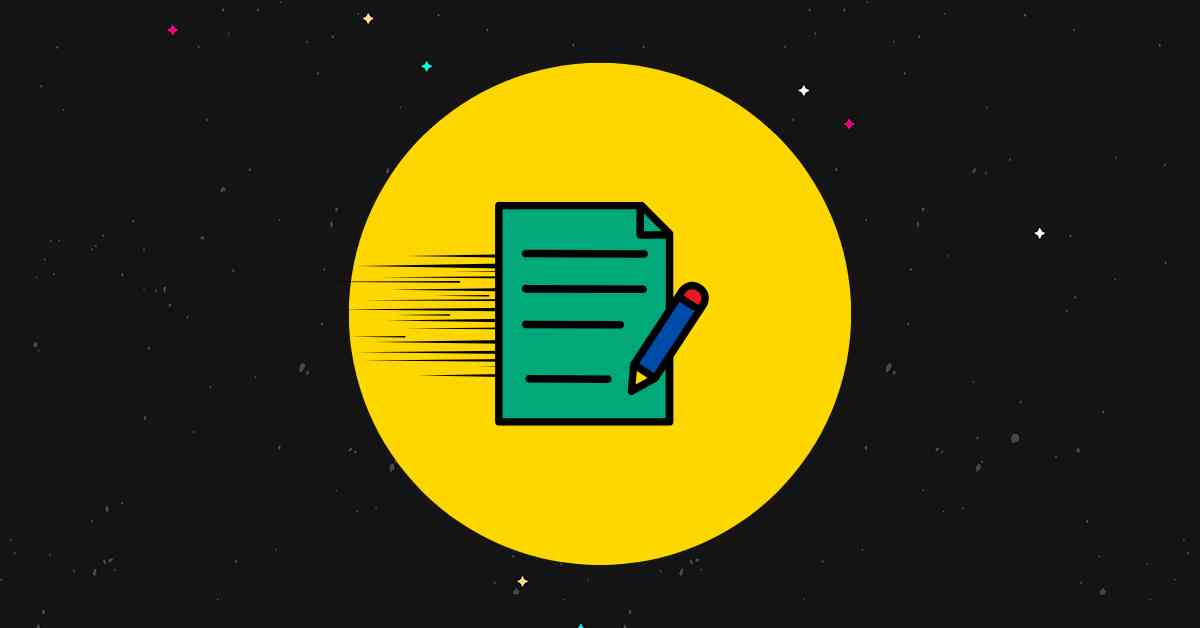Are you struggling to write longer, more authoritative blog posts because you’re worried about the time it will take? Don’t worry, with the right approach, you can speed up your content creation process significantly. In this post, we’ll explore an 8-step process that will help you write longer blog posts efficiently.
Know the Topic Before You Begin
Before you start writing, make sure you have a clear idea of the topic you’ll be covering. Have a working title and a brief description of the primary topic of your post prepared. Conduct keyword research to generate concise topic ideas and understand what resonates with your audience.
Craft a Rough Outline
Create a rough outline of how you envision the structure of your post. Use bullet points and H2 subheadings to organize your thoughts. This will serve as a roadmap for your writing process and ensure you stay on track.
Research the Topic Thoroughly
Thorough research is key to writing high-quality content efficiently. Utilize resources like Google, forums, YouTube, and SEO tools to gather information on your topic. Analyze top-ranking articles for your target keyword to understand what content resonates with your audience.
Craft a Final Outline
Once you’ve conducted your research, create a detailed outline for your blog post. Break the article into different headings and fill in each section with your research findings. Structuring your content in this way will help you maintain focus and clarity throughout the writing process.
Write the Body Section First
Start by writing the body section of your post before tackling the introduction and conclusion. Refer to your outline and research document as you write to ensure you cover all essential points effectively.
Add Placeholders for Images
To streamline the writing process, create placeholders for images within your article. This will help you visualize where images should be inserted and allow you to focus on writing without interruptions.
Add Placeholders for Internal Links
Avoid disruptions by creating placeholders for internal links as you write. Highlight the text where you plan to add internal links and add them during the editing phase.
Write the Introduction and Conclusion Last
Save the introduction and conclusion for last to speed up the overall writing process. This approach allows you to craft compelling opening and closing statements that tie your post together seamlessly.
Optimize Your Writing Environment
Eliminate distractions and optimize your writing environment to stay focused. Consider setting up a designated workspace, listening to music, and using apps to block distracting websites. Put your phone on Do Not Disturb to minimize interruptions.
Once you’ve completed the writing process, remember to edit your post thoroughly. Make necessary corrections, add images and internal links, and ensure your content is polished and ready for publication.
In conclusion, by following these tips and implementing an efficient writing process, you can write longer blog posts faster and with greater ease. Stay focused, conduct thorough research, and utilize tools to streamline your workflow. Happy writing!









